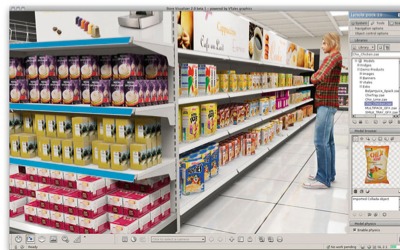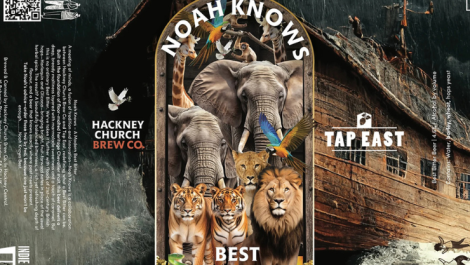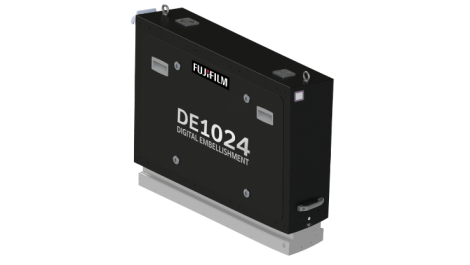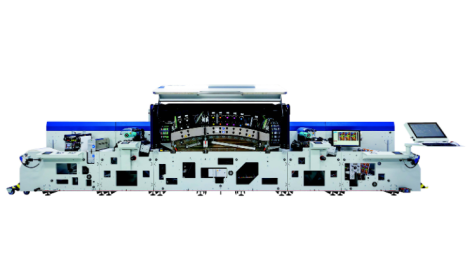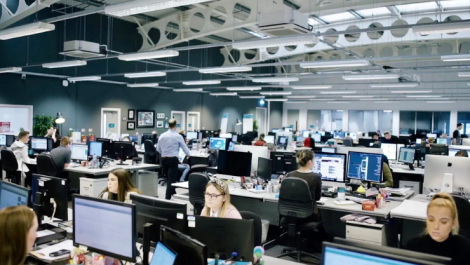There is fantastic 3D simulation technology all around both on TV and in the cinema. Now labels and packaging suppliers are embracing the technology, which is integrated into workflows, and it is possible to do some very interesting things with it to improve the services offered to customers. Sean Smyth reports.
A valuable new application for 3D packaging visualisation is as part of anti-counterfeiting activity. Several high value pharmaceutical companies are sending 3D files of the latest export packs to customs officials in regions where counterfeit drugs are prevalent. As they examine containers and individual packages, they can see a visualisation of the pack on a tablet or PC. This will show how individual boxes fit into secondary packs and highlight specific features, importantly batch identification, to provide an additional level of security.
Simulation advantages
There are many other ways in which designers, brand owner or retailers and converters can take advantage of the many uses of 3D virtual packaging. The 3D model can be used as a quality check to ensure the artwork aligns, particularly useful in the design of shrink sleeves to ensure the anamorphic distortions have been set up correctly and will look perfect on the bottle or container.
Virtual mock-ups can help take time out of the creative cycle (although often a physical prototype is still required at some point). Access to the 3D design files allows all parties in the design and production cycle to have their say without the need to co-ordinate a meeting and environmental benefits are claimed. A designer can generate several alternative 3D designs rapidly and straightforwardly, using the actual artwork files. Following the production rules, they can make sure the design is practical, functional and suitable for the manufacturing process involved. The process creates a full simulation of the finished item that will be on sale including all factors. If, for instance, there is a clear window on the pack, the actual product shots can be added and transparency (and levels of translucency) can be incorporated into the design.
More features are being added to the 3D software. The effect of alternative printing and finishing effects can be explored. A different substrate, spot or overall varnishing, lamination, foiling, embossing/ debossing, braille or windowing are just some of the options that can all be compared quickly and iteratively. Adding a money-off flash, a readable QR code or a language change is a simple artwork change, and it is easy to make multiple versions.
Read the full story in the April issue of Digital Labels & Packaging

